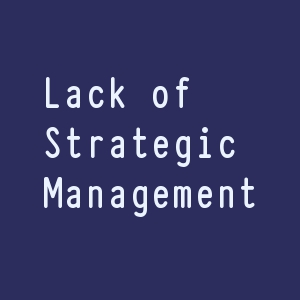Corporate turnaround may be defined as organizational recovery from business decline or crisis. Business decline for a company means continuous fall in turnover or revenue, eroding profit, or accrual or accumulation of losses.
So, business or organizational decline, like business performance, is understood in relative terms, that are, compared with the past. But, some strategy analysts describe business decline in terms of current comparisons also.
For example, relative to industry rates or averages or even relative to economic growth of the country. Corporate crisis means deepening or perpetuation of a decline.
Turnaround strategies are usually required for crisis situations. If organizational decline is not continuous or severe, corporate restructuring can provide the solutions. That is why turnaround strategy may be said to be an extension of restructuring strategy.
Difference between surgical and nonsurgical turnaround
Generally, there are two methods of corporate turnaround: surgical and nonsurgical. The surgical method, more commonly practiced in the West, involves sweeping changes like firing of staff, managers, wholesale reshuffling of portfolios, closing down operations, etc.
Non-surgical turnaround adopts the opposite approach, that is, peaceful means—revamping or recovery through meetings, discussions, persuasions, consensus, etc.
The following give the example of SAIL, the Indian public sector steel giant. Its losses were about `100 crore during 1982–83 and `200 crore in 1983–84. A price rise during 1984–85 saw SAIL break even in that year. But, rapid increases in coal prices and freight rates threatened a loss in 1985–86.
The steel ministry and SAIL management then called for another price hike. Krishnamurthy entered the scene as Chairman, SAIL in mid-1985. He promptly lobbied against price increase on the ground that efficiency had to be improved.
Indian steel was already the costliest in the world and any further increase in steel price would have ruinous effects on the economy, contended Krishnamurthy. He spent several months talking to small groups of executives, officials, staff and workers in SAIL.
He estimates that he talked to over 25,000 employees to identify operating problems, got perception of how the company was doing and what employees thought should be done to improve performance and turn around the company. The turnaround strategy finally emerged from discussions at all levels.




Comments-

(February 15, 2024 - 10:59 pm)
-

(March 7, 2023 - 8:34 pm)
Julian
Excellent goods from you, man. I’ve understand your stuff previous to and you’re just extremely wonderful. This is actually a great web site.
Sierra
Thanks a ton; from everyone of us.